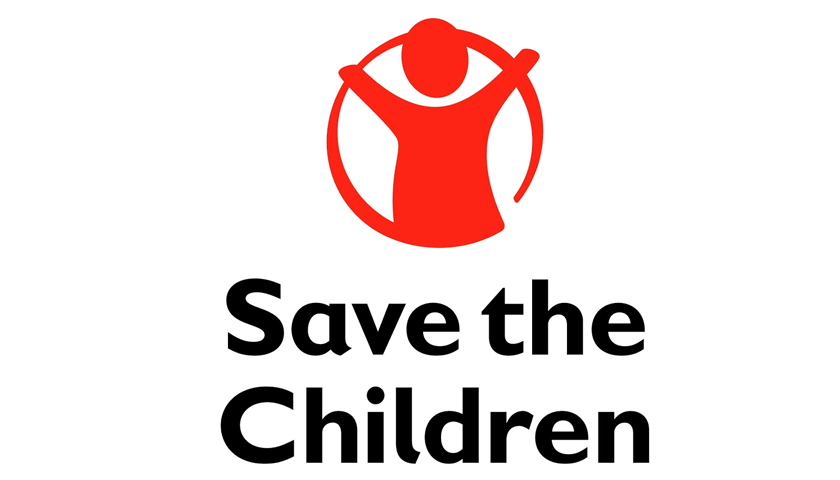Save the Children warn that more than 600,000 Rohingya children could be in Bangladesh by the end of the year as demand for humanitarian assistance outstrips supply
Host communities and relief agencies are struggling to cope with the enormous demand for food, shelter and other assistance in Bangladesh’s southern district of Cox’s Bazar, where hundreds of thousands of Rohingyas have fled to in the past three weeks.
The mass displacement follows an alarming escalation of violence in northern Rakhine State, Myanmar, where there have been disturbing reports of homes being burned and hundreds of people, including children, being killed.
“The scale of the influx of Rohingya arriving in Cox’s Bazar is unprecedented and it’s putting huge stress on host communities and humanitarian agencies, particularly when you consider there were already more than 380,000 displaced Rohingya in Bangladesh before these last three weeks,” said Save the Children’s Country Director in Bangladesh, Mark Pierce.
“Many people are arriving hungry, exhausted and with no food or water, having left their homes in fear of their lives. I’m particularly worried that the demand for food, shelter, water and basic hygiene support is not being met due to the sheer number of people in need. If families can’t meet their basic needs, the suffering will get even worse and lives could be lost.
“The efforts of the Government of Bangladesh need to be recognised, having generously allowed more than 750,000 Rohingya into the country including those who were here prior to the last three weeks. That number could rise beyond one million by the end of the year if the influx continues, including about 600,000 children, according to UN agencies.
“Local communities have been extremely accommodating, often welcoming the Rohingya into their homes and sharing precious food and water. Aid agencies are doing all they can to help, however the humanitarian response needs to be rapidly scaled up, and that can only be done if the international community steps up funding.”
Amongst the Rohingya who fled Myanmar are more than 1,100 separated or unaccompanied children. Some were separated from their families while fleeing to Bangladesh, in which they often travelled long distances through rain and mud. Others became orphans when their parents were killed in the violence.
“Beneath the hardship and suffering faced by the Rohingya who’ve arrived in Bangladesh, there is a child protection crisis on our doorstep. We’re seeing number of children arriving alone and in desperate need of help,” Mr Pierce said.
“This is a real concern as these children are in an especially vulnerable position, being at increased risk of exploitation and abuse, as well as things like child trafficking.”
Mr Pierce said many children who fled northern Rakhine State would need some level of emotional or psychological support.
“Some children have witnessed violence and killing. Some have been shot at, others have seen their homes set on fire. Some have reportedly watched their parents being killed,” he said.
“The distress and trauma that can arise from experiencing these horrific events needs to be addressed. It needs to form part of this humanitarian response.”
Save the Children is supporting unaccompanied and separated children in Cox’s Bazar district, setting up safe spaces in the camps for these children to receive 24 hour support and protection while attempts are made to find living family members.
Save the Children has been supporting the long-term needs of displaced Rohingya families in and around Cox’s Bazar prior to the outbreak of violence on August 25. The aid agency is now scaling up its relief work, and has distributed hundreds of shelter kits, set up ‘child friendly spaces’ to support children’s emotional wellbeing and provide a safe space to play, and is running child protection services and providing support to unaccompanied children. It is working to expand these operations significantly.
In Rakhine State, Myanmar, Save the Children provides assistance to both Rohingya living in camps for internally placed people in Sittwe and in Pauktaw, and for Rakhine communities in Pauktaw. Save the Children does not have access to the areas of northern Rakhine State which are affected by conflict.
The one million figure is taken from public comments made by multiple UN agencies (UNHCR and IOM), and is made up from approximately 300,000 Rohingya in Bangladesh prior to October 2016, plus 87,000 new arrivals between October 2016 and July 2017 plus approximately 400,000 new arrivals since August 25, 2017, totaling approximately 787,000. According to current rates (approximately 19,000 new arrivals per day over the past three weeks), it is highly likely the total number of Rohingya will reach one million in Bangladesh by the end of 2017.
The ratio of Rohingya children used is 60 percent, based on UNICEF estimates that 60 percent of the 400,000 newly arrived Rohingya in Bangladesh are children, which matches assessment data from December 2016 regarding Rohingya arrivals from October and November 2016. This ratio has then been applied to existing Rohingya in Bangladesh and those expected to arrive in Bangladesh by the end of the year.
Links
https://www.savethechildren.net
https://www.savethechildren.net/article/600000-rohingya-children-could-be-bangladesh-end-year
